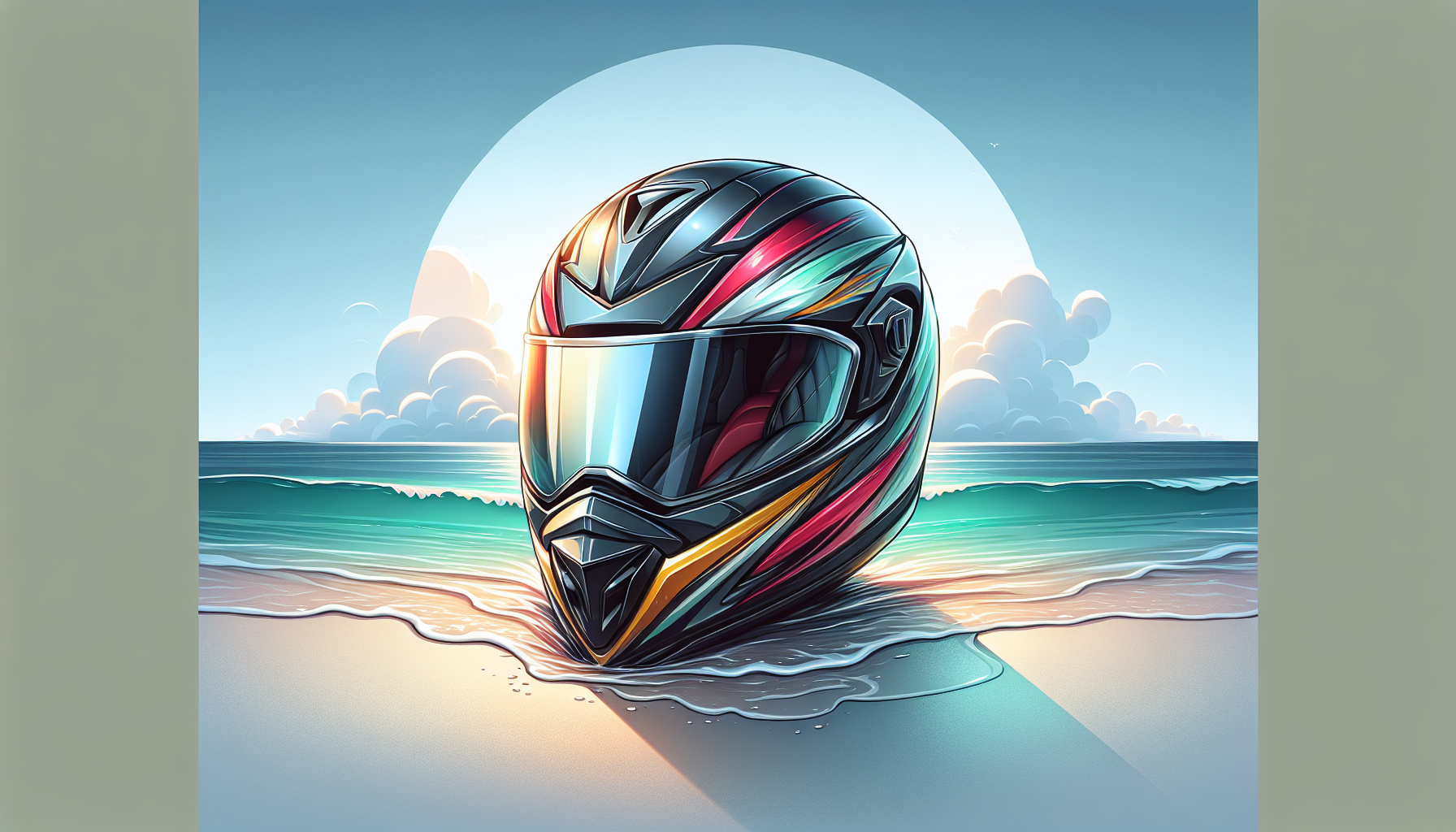Navigating Waves Safely: A Beginner’s Guide to Jet Skiing Safety

What would you do if you were about to ride a jet ski for the first time? Riding a jet ski can be a thrilling adventure, but safety must always come first. This guide will help you understand how to stay safe and have fun on the water.
Jet skiing is an exciting sport that lets you glide over water, feeling the wind in your hair and the spray on your face. But before starting, there are important things you need to know to keep yourself and others safe. Let’s dive into the basics of jet skiing safety, so you can enjoy your ride without worries.
Understanding Jet Skis
What is a Jet Ski?
A jet ski is a type of small, personal watercraft. It is powered by a motor and goes fast on the water. You can sit or stand on it as you ride. Jet skis are fun because they let you speed and do quick turns on the water.
How Does a Jet Ski Work?
A jet ski works a bit like a boat but is smaller and faster. The engine pumps water out from the back, which pushes the jet ski forward. You steer using handlebars, just like a bicycle. The throttle controls how fast you go. It’s like a gas pedal in a car.
Safety Gear for Jet Skiing
What to Wear?
When you ride a jet ski, wearing the right gear helps keep you safe. Here’s what you need:
- Life Jacket: Always wear a life jacket. This keeps you afloat if you fall into the water.
- Helmet: A helmet protects your head. Some places might not require it, but it’s a good idea to wear one.
- Wetsuit or Rash Guard: This protects your skin and keeps you warm in cooler water.
- Water Shoes: Helps prevent slipping and protects your feet.
Why Safety Gear is Important?
Safety gear protects you from getting hurt. It helps you if you fall off, bump into things, or if the weather changes. Just like wearing a helmet when you bike, safety gear is important for jet skiing.
Basic Jet Ski Operation
Starting Your Jet Ski
Before starting your jet ski:
- Check the Fuel: Make sure you have enough gas.
- Look Around: Ensure the area is clear from obstacles.
- Safety Key: Attach the safety key to your wrist. This stops the jet ski if you fall off.
How to Steer and Control Speed
- Handlebars: Turn the handlebars to steer. Practice turning left and right in a safe area.
- Throttle: Use the throttle to speed up. Gently squeeze to go faster. Let go to slow down or stop.
Practice Makes Perfect
Before you go fast or do tricks, practice in safe, open water. Get comfortable with steering and stopping before trying anything else.
Jet Ski Safety Rules
Know the Rules of the Water
Just like roads have rules, so does water. Here are key rules:
- Speed Limits: Follow speed limits to prevent accidents.
- Stay Alert: Always look around for other boats, swimmers, and obstacles.
- Safe Distance: Keep a safe distance from others. Too close can be dangerous.
- Signal: Use hand signals to communicate with other boaters.
Respect the Environment
Avoid getting too close to wildlife and be mindful of vulnerable areas like coral reefs. Treat the ocean better than your own playground.
Understanding Water Conditions
Calm vs. Choppy Waters
Calm water is smooth and easier to ride on. Choppy water has lots of waves and makes riding harder.
When the water is choppy:
- Slow Down: Reduce speed to stay safe.
- Hold Tight: Keep a firm grip on the handlebars.
- Stay Balanced: Keep your weight centered to avoid falling off.
Weather Considerations
Check the weather forecast before you ride. Lightning or strong winds are dangerous, and it is best to avoid riding during storms.
First-Time Riding Tips
Before You Ride
- Take a Lesson: Learn from a professional. They can show you what to do and what not to do.
- Check Your Equipment: Make sure everything is working properly.
- Practice Balance: Stand with your feet apart for balance during the ride.
Communication
If you’re riding with friends or family, keep a way to communicate. Walkie-talkies or hand signals are great for this and make sure everyone knows where everyone else is.
Emergency Procedures
What If You Fall Off?
If you fall into the water, don’t panic.
- Float: Your life jacket will keep you afloat.
- Calm Down: Take a moment to calm down.
- Reboard: Swim to your jet ski, and climb back on.
Calling for Help
If you need help, wave your arms and call out. If you have a phone or radio, use it to call for assistance.
Renting a Jet Ski
Renting from A2Z Powersport
If you’re in Orange Beach, AL, and want to rent a jet ski, consider A2Z Powersport. They are located at Zeke’s Landing and Marina, and the staff can help you with everything you need. Renting is a great option for beginners who want to try jet skiing without buying a jet ski.
Contact Details for A2Z Powersport:
- Address: 26619 Perdido Beach Blvd, Orange Beach, AL 36561
- Phone: (954) 296 1862
- Email: bookings@a2zpowersport.com
- Map Location
Conclusion
Jet skiing is fun and exciting, but safety should always come first. Remember to wear your safety gear, follow rules, and be mindful of your surroundings. Practice makes perfect, and renting a jet ski from experts like those at A2Z Powersport can provide a safe and enjoyable experience. With this guide, you’re ready to safely enjoy the water. Wear your life jacket, take it slow, and have fun!








